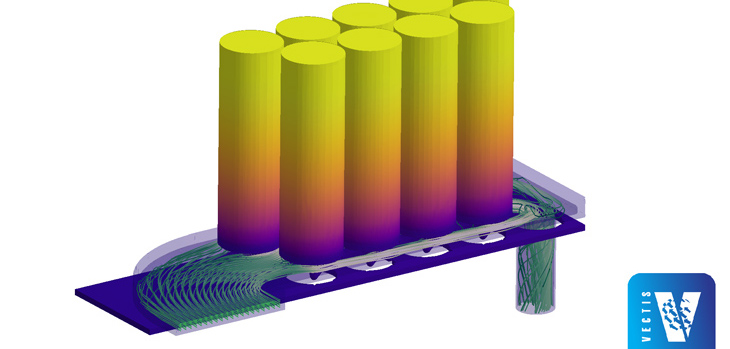Software-based simulation of powertrain components is of ever-growing importance for manufacturers. To aid engineers in this area, UK-based Ricardo has sought to provide new functionality specific to EV development in its latest software release.
With battery systems a key focus of hybrid and electric vehicle development, both the Ricardo Vectis CFD package and Ignite complex systems modeling product now provide solutions for optimizing battery systems. These include modeling of the detailed heat exchange and cell degradation that occurs through use and storage.
In addition, Ricardo said Ignite also includes new models related to gear shift control which, combined with duty cycle customization and improvements related to modeling of driveline efficiency, enable engineers to optimize drivelines for both conventional and hybrid vehicles.
Building on the results of Ricardo’s ongoing research, the new release includes several improvements in the accuracy and usability of combustion modeling in Vectis that will assist in the drive to reduce emissions across all internal combustion engine sectors. This includes improved accuracy of spark ignition modelling for large engines, faster simulations and new detailed kinetics tools.
Improvements have also been made to the WAVE 1D gas dynamics and performance simulation tool as well as to its real-time equivalent WAVE-RT to enable advanced virtual calibration, including its use in software-in-the-loop (SiL) and hardware-in-the-loop (HiL) environments.
These include real time NOx emissions prediction, a new knock detection model and improved sensing of the lambda response. Together with various workflow improvements and combined with usability improvements to WAVE, these mean that WAVE-RT helps provide real-time solutions for SIL (software-in-the-loop) and HIL (hardware-in-the-loop) applications.


